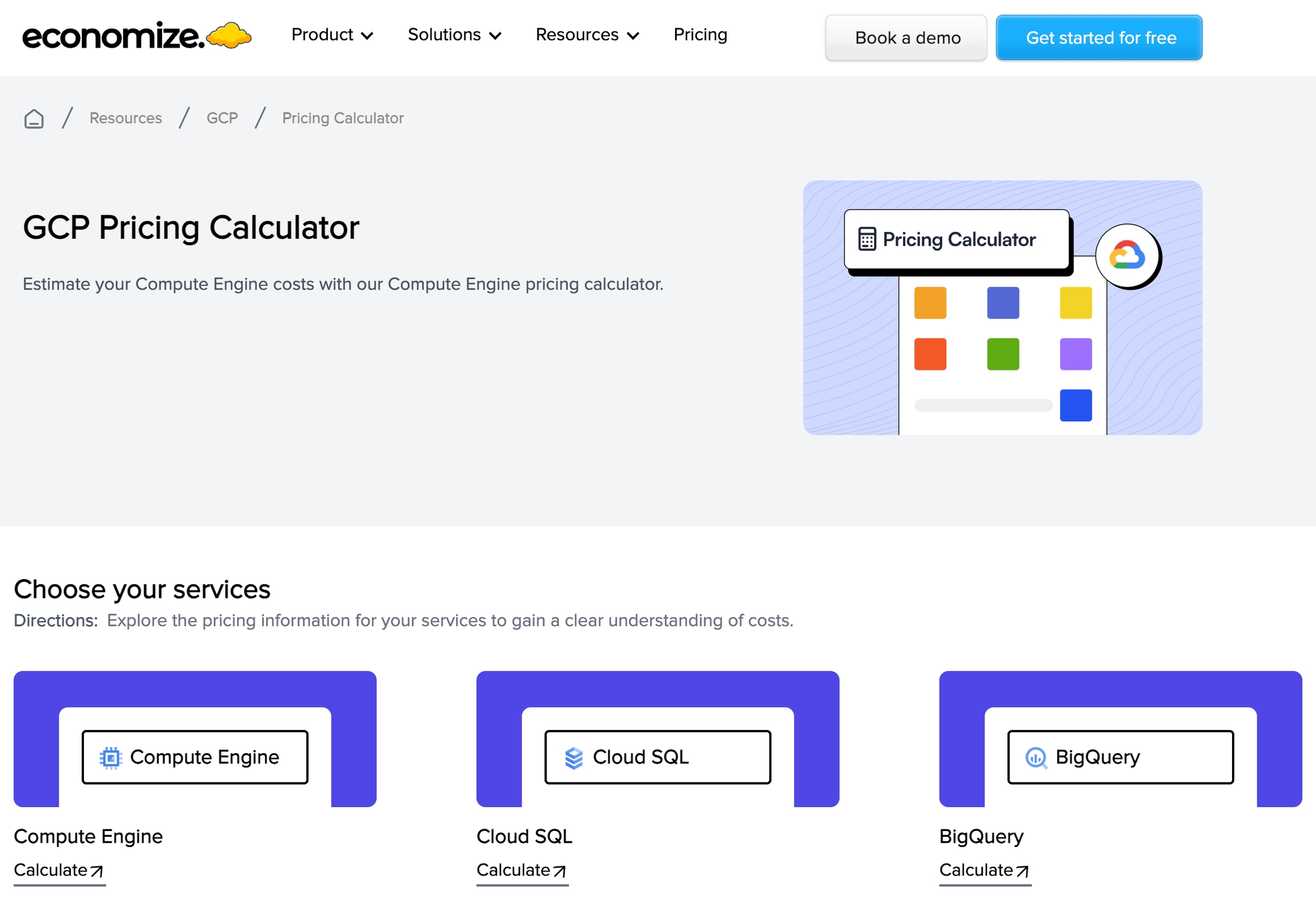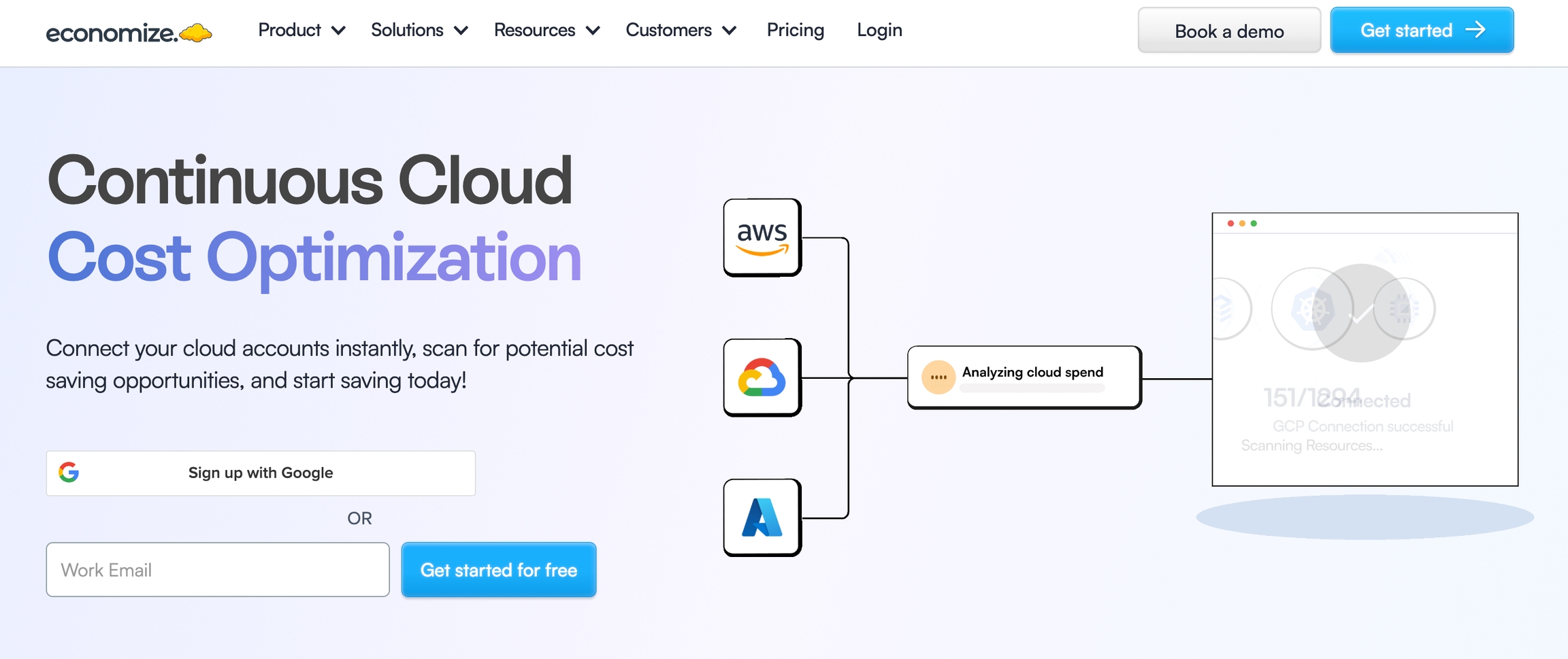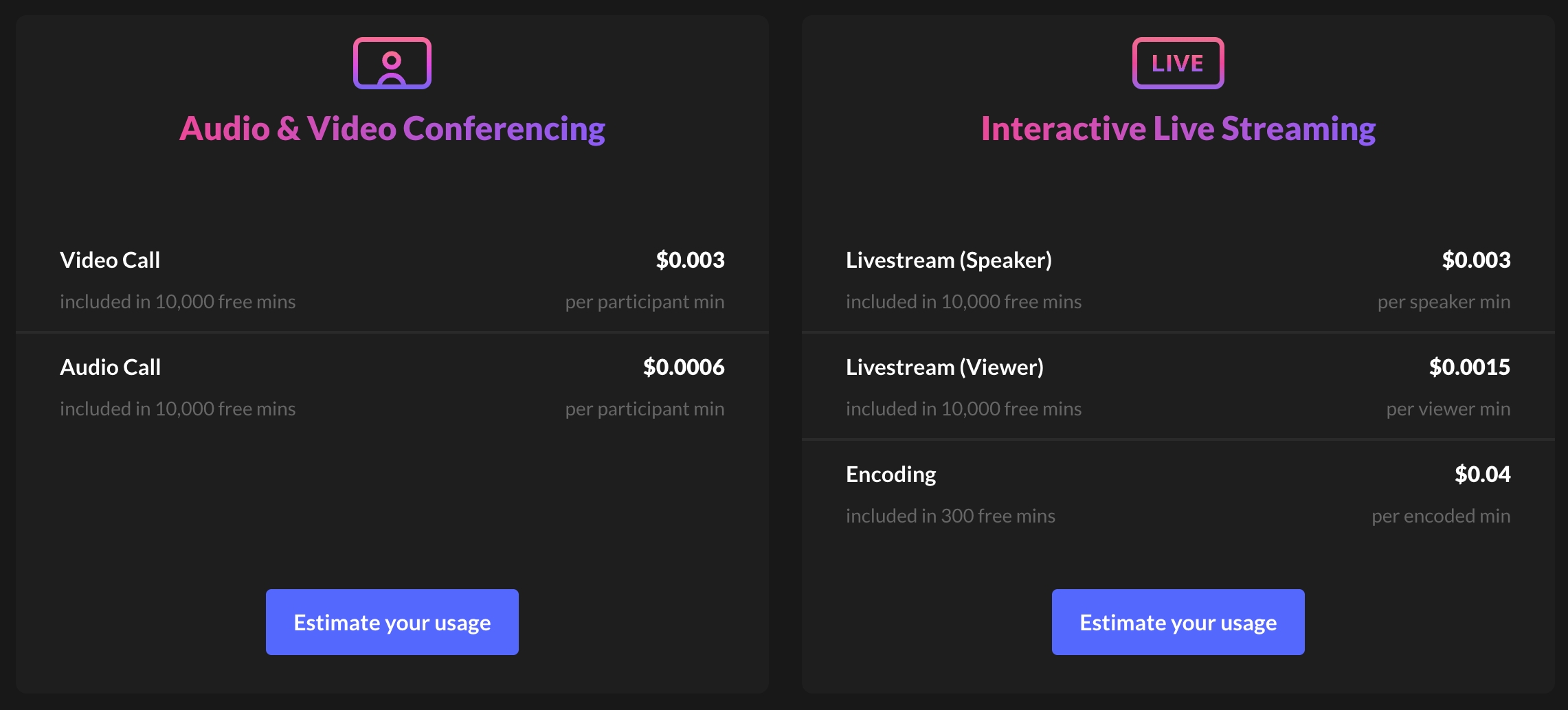💰Pricing and Value proposition
Do you have any questions, need personalized guidance, or want to share your journey in this playbook? We'd love to talk to you. Reach out to us.
Having a Free trial/Freemium product is crucial
Whether you're adopting a Product-Led Growth (PLG) or an open-source strategy, providing a free version of your product is essential. If you don't, there's a good chance one of your competitors will, potentially becoming the preferred choice for users to at least try out.
However, deciding what to offer in your free plan requires careful thought. It should deliver enough value that some users can use it for their work, yet not be so comprehensive that they never upgrade. Furthermore, structuring your pricing tiers should naturally guide users toward higher plans. This might involve bundling features, varying support levels, user management functionalities, or product usage metrics.
Make sure you provide users with enough time to experience the value of your product before prompting them to upgrade.
List of various pricing models:
Fixed Price: Simple monthly or yearly pricing is a straightforward model for early sales. While it may not perfectly reflect value, it's suitable for early stages when understanding customer value creation is limited.
Per Seat: This model approximates value pricing well for productivity-enhancing tools, as increased productivity typically correlates with active users. Designing this model requires a deep understanding of value creation, including considerations like active user management and automatic downgrades.
Usage-Based: Ideal for resource-saving tools, this model tracks value creation through metrics like processed assets or server instances. It directly reflects cost savings for customers.
Revenue-Based Fee: Reserved for products directly contributing to revenue or profit generation, this model charges a percentage fee based on generated revenue or profit. While effective, it applies to a limited range of products and may require robust tracking mechanisms.
Pricing Tiers: Tiers cater to different customer segments with varied value creation models. Enterprise customers, for instance, value security features that mitigate future costs. Understanding each segment's value creation is essential for tailoring pricing tiers effectively.
Choosing between Free trial V/S freemium product
Free trial and freemium are both customer acquisition models that provide limited access to software, free of charge.
The fundamental difference between the two approaches is in where the limitation to product usage lies.
Free trials typically allow users to experience a complete or nearly complete product for a limited time. This means granting free users access to all features, functionality, and use cases for the duration of their trial.
A freemium product, by contrast, gives users access to a limited set of features, functionalities, and use cases indefinitely and without charge. There is no time limit, but parts of the product remain off-limits to free users.
Additional resource:
So, which approach is better?
Freemium models are effective in widening the top-of-funnel for developer tools, generating 33% more free accounts per website visitor. This approach is beneficial for products like development platforms or collaboration tools that gain value with increased user adoption.
However, freemium models often yield lower activation rates compared to free trials, averaging around 20% activation for devtools. In contrast, free trials exhibit higher activation rates, approximately 40%, making them more suitable for certain developer-focused products.
If the goal is to maximize paid conversions and immediate revenue, opting for free trials is recommended. Free trials instill a sense of urgency among developers, leading to higher conversion rates. On average, free trial products in the devtool space exhibit a free-to-paid conversion rate of approximately 14%, doubling that of freemium models at around 7%.
The Github pricing anchor
GitHub has established a pricing standard for developer productivity tools, typically ranging from $4 to $21 per month per user, and most developers are paying for it globally. We believe this range is not too much for any market, including India.
The technology stack will become your ultimate benchmark and set a pricing anchor. Therefore, it's crucial to understand the tech stack while defining your target persona. Your product pricing may ultimately fall into one of two categories: appealing to either the rational (cost-saving benefits) or the intuitive (ease of use and familiarity) aspects of the buyer's decision-making process.
To determine your product's pricing strategy, it's essential to identify substitutes, alternatives, and complements that may influence buyer willingness to pay. This analysis applies to both small and large organizations. If buyers can't find comparable alternatives, they may resort to a more rational approach, such as cost-saving analyses or budgeting considerations. In such cases, emphasizing significant time savings and time-to-market advantages in your value proposition can be highly effective.
Why value pricing is the way to go
In economic theory, customers assign varying values to products, and those willing to pay more than the price typically make a purchase. Value pricing involves offering a product at a price that matches each customer's perceived value, aligning product quality with business outcomes.
For developer-focused and professional tools, value is created within the customer's organization, falling into three main categories:
Productivity Enhancers: Tools that save time, streamline tasks, and enhance decision-making processes. Remember that Developer time is an expensive resource for organisations. These are mostly collaborative and Product-driven.
Cost Reducers: Tools that cut down on expenses like SaaS costs, while also considering potential savings and risks. These tools are mostly infrastructure-based and are sold top-down to a team/org/business unit.
Revenue Boosters: Tools that contribute to acquiring clients, improving revenue metrics, and enhancing sales channels.
Example: Economize
Economize has a cloud cost calculator as a resource that helps engineering leaders estimate their computing costs. Economize is a direct cost reducer.

Some learnings from our recent conversation with Economize:

Value Proposition
Economize helps companies manage and reduce their cloud costs. The platform is easy to use and provides clear insights and recommendations for optimizing cloud expenses. Anirudh explained
“Our product makes cloud cost management simple and effective. Teams using Economize have cut their cloud costs by up to 30% in the first few months.”
Example: VideoSDK
Sales Approach and FAIR Pricing:

VideoSDK uses a Freemium usage-based pricing model.
"Transparency and honesty are non-negotiable for us. We believe in setting clear expectations and delivering on our promises, building trust with our customers every step of the way."
Video SDK adopted a strategic approach to sales, focusing on understanding customer needs and offering value-based pricing. Arjun stresses the importance of aligning pricing with the perceived value of the product.
"We wanted our pricing to be fair and reflect the value we bring to our customers," explains Arjun (co-founder).
"Fair pricing, to us, means striking the right balance between affordability for our customers and sustainability for our business. It's about offering competitive pricing that reflects the value our product brings to the table, without overburdening our customers or undercutting our own growth potential."
How do you create a value proposition?
What's a value proposition: A value proposition is a short statement that communicates why buyers should choose your products or services.
Step 0: Prepare Your Positioning:
Define Your Target Persona: Dive deep into understanding your target audience—developers in this case. What are their pain points? What motivates them? How do they perceive existing solutions?
Highlight Benefits and Unique Values: Clearly articulate how your developer tool addresses these pain points and offers unique value. Is it faster? More efficient? Easier to integrate? Does it offer unique features or integrations?
Step 1: Address Market/Product/Landscape Questions:
Assess Market Maturity: Understand where your product fits in the broader developer tool landscape. Are there emerging trends or technologies impacting developer preferences?
Analyze Competitive Landscape: Identify key competitors. What are their strengths and weaknesses? Where do you fit in comparison?
Evaluate Product Maturity: Assess the readiness of your product. Is it stable and feature-complete? How does your go-to-market strategy align with market needs?
Step 2: Understand the Current Status:
Test Current Value Proposition: Engage with your target users to validate your existing value proposition. Are they resonating with your messaging? Do they understand the benefits?
Conduct User Tests: Gather feedback through user tests on your messaging. Understand how they perceive your product compared to alternatives.
Competitor Analysis: Analyze your homepage alongside competitors. What sets you apart? What elements of their messaging are effective?
Step 3: Choose a Value Proposition Option:
Assess Market Leadership: Determine if you're positioning as an alternative to a market leader or if you're the leader yourself. Frame your offering accordingly.
Highlight Unique Features: If you're leading in specific features or statistics, make sure to emphasize these in your messaging.
Relevance to Developers: For developer tools, emphasize how your product streamlines their workflow, enhances productivity, or solves specific pain points they face.
New Category or Unique Value: Tailor your messaging to highlight the novelty or unique benefits of your product. If it's a new category, educate users on the problem it solves.
Step 4: Test Your Value Proposition:
Conduct Qualitative Tests: Use platforms like UserTesting.com or Wynter to gather qualitative feedback on your messaging from your target audience.
Implement A/B Tests: If you have sufficient traffic, conduct A/B tests on your website to measure the effectiveness of different messaging variations.
Step 5: Implement Your Chosen Value Proposition:
Publish and Maintain Consistency: Once you've chosen your value proposition, publish it across your marketing channels and refrain from changing it frequently. Consistency is key to establishing a clear message in the market.
Monitor and Iterate: Continuously monitor the performance of your messaging and be prepared to iterate based on feedback and market changes.
Here's how different value propositions can come into play based on adoption stages:
Every technology market (dev tool category included) goes through adoption stages. As the technology gets adopted different groups with different priorities adopt it.
Innovators: These are the ones who kickstart the journey (0-1 phase). They dive deep into understanding the technology, especially in developer-focused settings where they want to understand how things work. Even with minimal help like documentation or support, they tackle challenges head-on, relying on their grasp of the framework's basics. That's why writing technical content that adds really value becomes really important at early stages.
Early Adopters: Next come the practical Early Adopters, seeking real benefits from the tech. While they appreciate the technical side, they value functionality more than just code. They're okay with some rough edges but need good documentation to get started. They examine features to understand how they benefit, making them a big group in developer circles.
Early Majority: As more people jump on board, the Early Majority steps in, looking for safe and reliable improvements. They want everything laid out: clear documentation, real-life examples, and a supportive community. They trust recommendations from peers and want to see real benefits before committing.
Traditionalists: Lastly, there are the Traditionalists, who only adopt new tech when they absolutely have to. They need proof that others are using it successfully or a big push from top management to make the switch.
Additional resource:
Additional resources:
Was this helpful?
